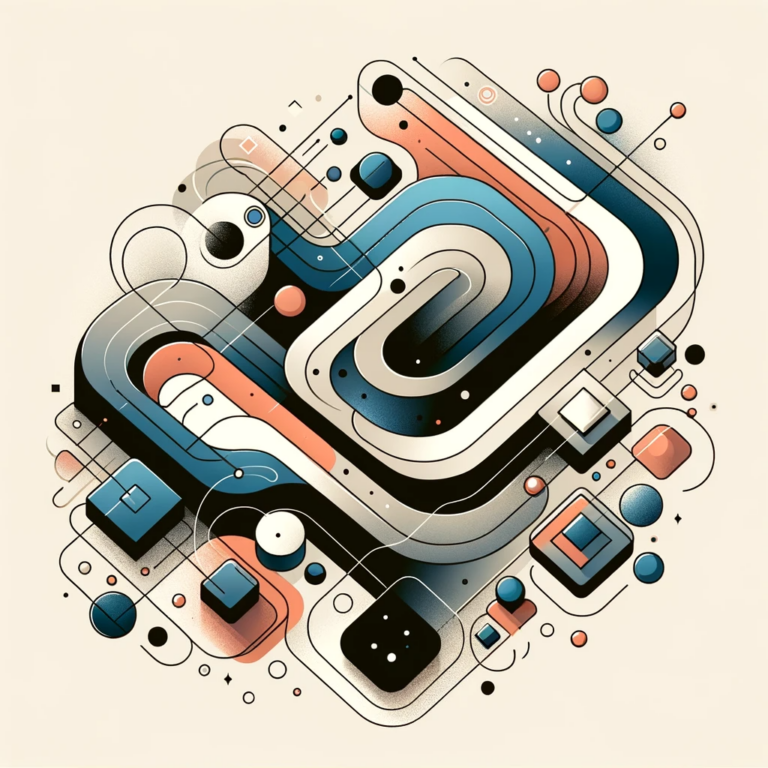In this post we want to talk about product design and building products that turn into a habit.
Nir Eyal talks about this in his book Hooked.
He defines habit as a behaviour that is done with little or no conscious thought. To become a habit, a behaviour must be repeated enough until an association is created in the user’s mind between his need and the product.
Products that are habits
Habit formation is relevant when the success of a product depends on repeated use. Often, this means daily or weekly use. For some product categories this is not a natural situation, and when actions are not frequent they are conscious and no automatic response can develop.
Some of the clearest examples of habit forming products are consumer applications (gaming, social networks), but this is not always the case. A product has become a habit when using it is routine, no thinking goes into questioning if to use it or not. This can happen with work related applications, like when there has been a time investment (e.g. learning to use Adobe’s Photoshop), or when they are our first stop for learning a skill or finding information (e.g. Stakoverflow). Persons develop habits and so do teams.
The book breaks down what Nir Eyal calls the Hooked Model, which are the four stages a user goes through when using a product and which lead to habit formation if done enough times. These four phases are: trigger, action, variable reward, and investment.
The Hooked Model
Triggers are what prompts the user. They can be external and internal. Usually external triggers come first (ads, press, app notifications, recommendations or invitations from other users); but for habit forming to occur, an association must grow between the product and the users’ internal triggers (like boredom, frustration, uncomfortable uncertainty or dealing with complexity); these triggers can be social (like the fear of missing out on what others are doing) or more personal (the internal urge for self-improvement). As mentioned above, this association happens in the users’ mind.
After the trigger the next step is an action. But this will depend on the level of motivation and the ability to carry it out. So the aim is to design products that simplify tasks, remove obstacles and reduce effort and difficulty. The book touches on various elements that can spur users on and encourage progression, like visually showing a user’s progress when completing a professional profile or when advancing in a learning app; or conveying the idea of scarcity in a booking platform or online store.
The reward stage is the gratification we are looking for, like discovering a new brand or finding a friend’s new post. What can get the user hooked is variability in the reward; sometimes the new song discovered on Spotify is quite good and sometimes we become addicted. Variability induces repetition.
Investment is what the user does that will make future rewards better and re engagement more likely. There are different kinds of investment a user can make in a product: providing personal data, publishing content, searching for people and connecting, spending time to learn the functionalities of a product.
Four interesting ideas
4 ideas in the book, among many, that are worth highlighting:
“Users show up without any external prompting”. This sentence can seem trivial, but companies build teams and spend resources on user acquisition and engagement. When a product becomes a habit, companies reduce this reliance on marketing spend, promotions do not need to become intrusive messaging and calls to action to re-engage users. Extreme examples of this are people checking Instagram, WhatsApp or email first thing in the morning.
“Are you building a vitamin or painkiller?” A painkiller solves a specific pain and without it we cannot function but we can skip taking our vitamins for some days without much trouble. Some products are both; at first they are a nice-to-have, but over time they become something similar to a painkiller, in the sense that they reduce our discomfort (be it boredom, worry or complexity).
“Successfully changing long term habits is exceptionally rare” because building a new habit means persuading someone not only to do something different one time but to do it many times. Creating a new habit means a new behaviour but asking users to do something that is unfamiliar or not enjoyable can be a barrier that is too high to change the old routines; what is great but difficult is to “make old routines easier”.
“Designing habit-forming products is a form of manipulation”. The book also touches on the morality of user manipulation and presents a matrix that can help product designers examine how they are affecting users and how they relate to their own product.
Designing habit forming products
In our experience designing with habit formation in mind is rare. As said, in various product categories, habit formation does not seem a natural framework for thinking about product design, especially in b2b.
When talking with entrepreneurs in b2b categories, what is often mentioned is lock in, which can be the result of training, an integration process, or becoming embedded in processes and team collaboration. Lock in can lead lead to a habit there are other ways also.
Habit formation is related to relieving users’ pains and frustrations. Any effort put into making their experience less painful will reinforce a positive association in their minds.



